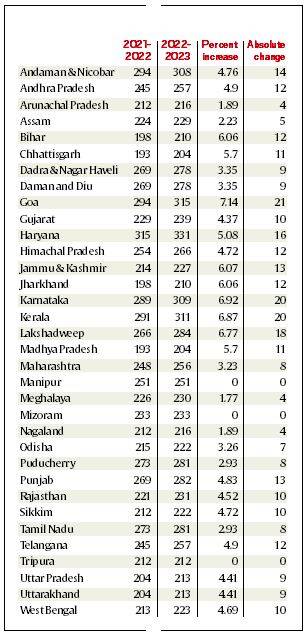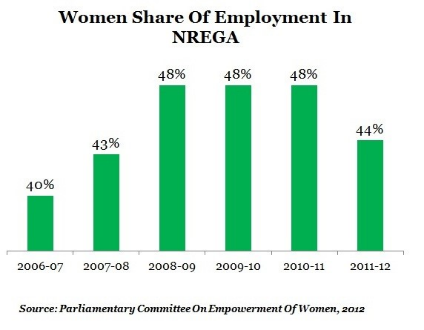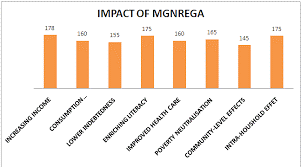Free Courses Sale ends Soon, Get It Now


Free Courses Sale ends Soon, Get It Now



Disclaimer: Copyright infringement not intended.
In News
Major Highlights
States with highest wage rates
States with lowest wage rates

Wage rate fixation under MGNREGA
MGNREGA
About MGNREGA:
Challenges with MGNREGA:
Success of MGNREGA:


Government Reforms:
Way forward:
© 2024 iasgyan. All right reserved